Have you ever seen something beautiful, like a piece of furniture, or a sculpture, or painting, and thought “Hey, that looks Japanese!”?
If you answered yes, then exactly what was it that made you feel it was Japanese? (Seeing a label that says “Made in Japan” doesn’t count, ok?). This is not an easy question to answer, because most likely, you saw something that was wabi-sabi.
No, not wasabi. That’s the green sushi-stuff that you (don’t) eat.
Wabi… sabi is something else.
Wabi-sabi is that unique Japanese simple, natural style, or feeling. I would like to try to define wabi-sabi in physical terms, but that would be “like explaining the taste of chocolate by its shape and color” as someone has said.
It just wouldn’t be sufficient.
I will try to explain it anyway, so bear with me.
In one sentence, wabi-sabi represents a comprehensive Japanese aesthetic ideal, centered on the acceptance of transcience (this is the key). This aesthetic is sometimes described with the three i’s:
- Imperfect
- Impermanent
- Incomplete
In other words, wabi-sabi sends a simple message of reality: nothing is perfect, nothing lasts, and nothing is finished.
Brutal and simple.
Are you getting a hang of it now?
In short, wabi-sabi is the most prominent and characteristic feature of what we think of as traditional Japanese beauty. If an object (or expression for that matter) can bring about – within us – a sense of “tranquil melancholy” and a “spiritual longing”, then that object could be said to be wabi-sabi. Wabi-sabi is assymetry, solitude, simplicity, modesty, desolation and nature.
You know what? Although wabi-sabi may encompass all of these qualities, these characteristics are neither adequate nor sufficient enough to convey the true essence of wabi-sabi.
A picture says more than a thousand words.
This picture is wabi-sabi.
Here’s another one:
This cup is wabi-sabi. It’s rustic, simple-looking and not really symmetrical. It even has an odd black spot. You could say it’s unrefined. Some people would think a six-year old made it.
Yet it’s terribly expensive. Especially to us Westeners, who have been brainwashed with the Greek ideals of beauty since day one.
So, now that you’ve got a hang of wabi-sabi (I hope), let’s dig a little deeper:
The words “wabi” and “sabi” by themselves do not translate that easily. Wabi originally referred to the loneliness of living in nature, remote from normal society. Sabi, on the other hand, meant “chill”, “lean” or “withered”. Around the 14th century however, these meanings began to gradually change, taking on more positive meanings – Wabi now connotes simplicity, freshness or quietness. Understated elegance.
Sabi is beauty that comes with age, when the life of the object and its “impermanence” is evident in its wear, or in any visible repairs. Examples are rust, or a mold on a persons face.
Now, wabi-sabi may be a Japanese form of beauty, but it’s not exclusive to Japan. We can see wabi-sabi in the West too, even though it is not necessarily called wabi-sabi. An old car left in a field to rust, as it gradually transforms from something annoying and ugly, into a part of the landscape, could be considered wabi-sabi.
Or just imagine an abandoned old barn, as it somehow seems to collapses in on itself.
That’s wabi-sabi right there.
So anyway, how does all of this relate to Karate?
Well, looking at older Karate reveals traces of wabi-sabi here and there. Modern Karate on the other hand… that’s more tricky, because modern (Japanese) Karate – though Okinawan from the beginning – was forged in the exact same mold as the other modern Japanese martial arts. And they all strive for symmetry and perfection. As you know by now, thats the complete opposite of wabi-sabi!
Therefore, wabi-sabi can mostly be seen in older Karate (even more in Kobudo).
Older Karate was dirty, assymetrical and effective.
To give a concrete example, just look at kata. The modern kata (Fukyo, Gekisai, Pinan/Heian etc) all emphasize equal training for both halves of the body. You do a punch with the right hand, and then with the left. You kick to the right, so you have to kick to the left.
This occurs when the goal is physical training – when a symmetrical, strong, healthy body is desired. You will never find wabi-sabi in a modern Karate tournament.
Looking at the older kata (Tomari Chinto, Kusanku, Suparimpei, Uechi Seisan, etc.) we see that a majority of the techniques are executed on the side that best defends against a right-handed attacker. Which makes sense, since the goal was self-defence and not mere physical training.
Wasting time to practise on the other side was not an option. I mean, why should 50 % of the training be centered on defending against 7% of the population? It just doesn’t make sense, from a self-defence point of view.
So, with the transformation of Karate-jutsu to Karate-do (The Way), an art form gradually developed. The old kata, once intended for self-defense, are now a piece of true wabi-sabi art. They are not symmetrical and perfect – they have awkward stances and strange techniques (sometimes downright ugly!). And the best evidence for this is to simply look at a master (preferably old, half deaf and half blind) performing it:
The balance will not be perfect and some techniques probably lack power. At one point maybe he forgets a move. Or turns the wrong way. But that just adds to the wabi-sabi of it all. When the kata finally is over, you just want to cry.
That’s art.
That’s wabi-sabi, expressed through Karate.
Nothing is perfect, nothing lasts, and nothing is finished.
Now if that sentence doesn’t define Karate, then I don’t know what does.
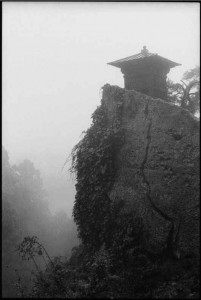
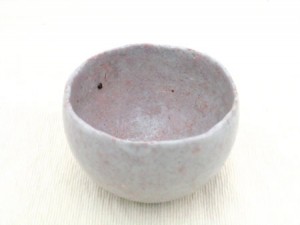
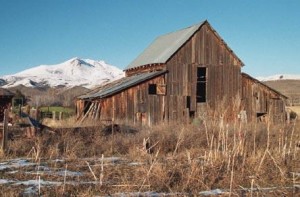

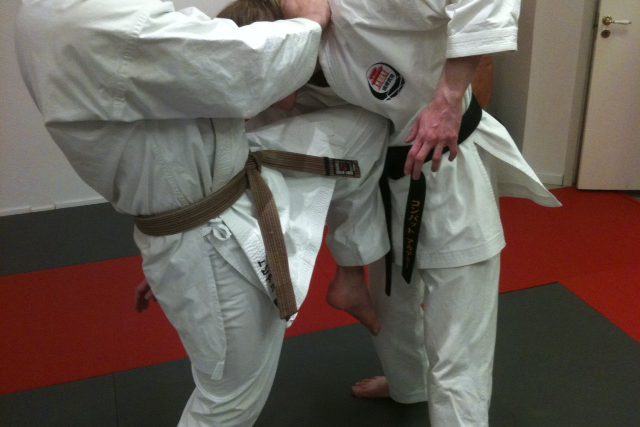
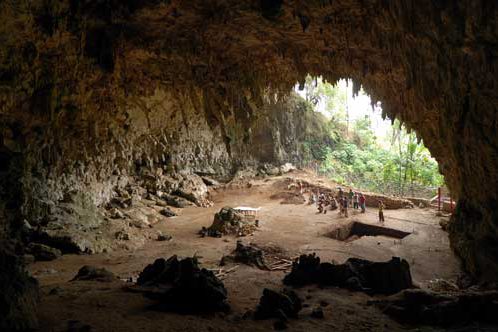
4 Comments